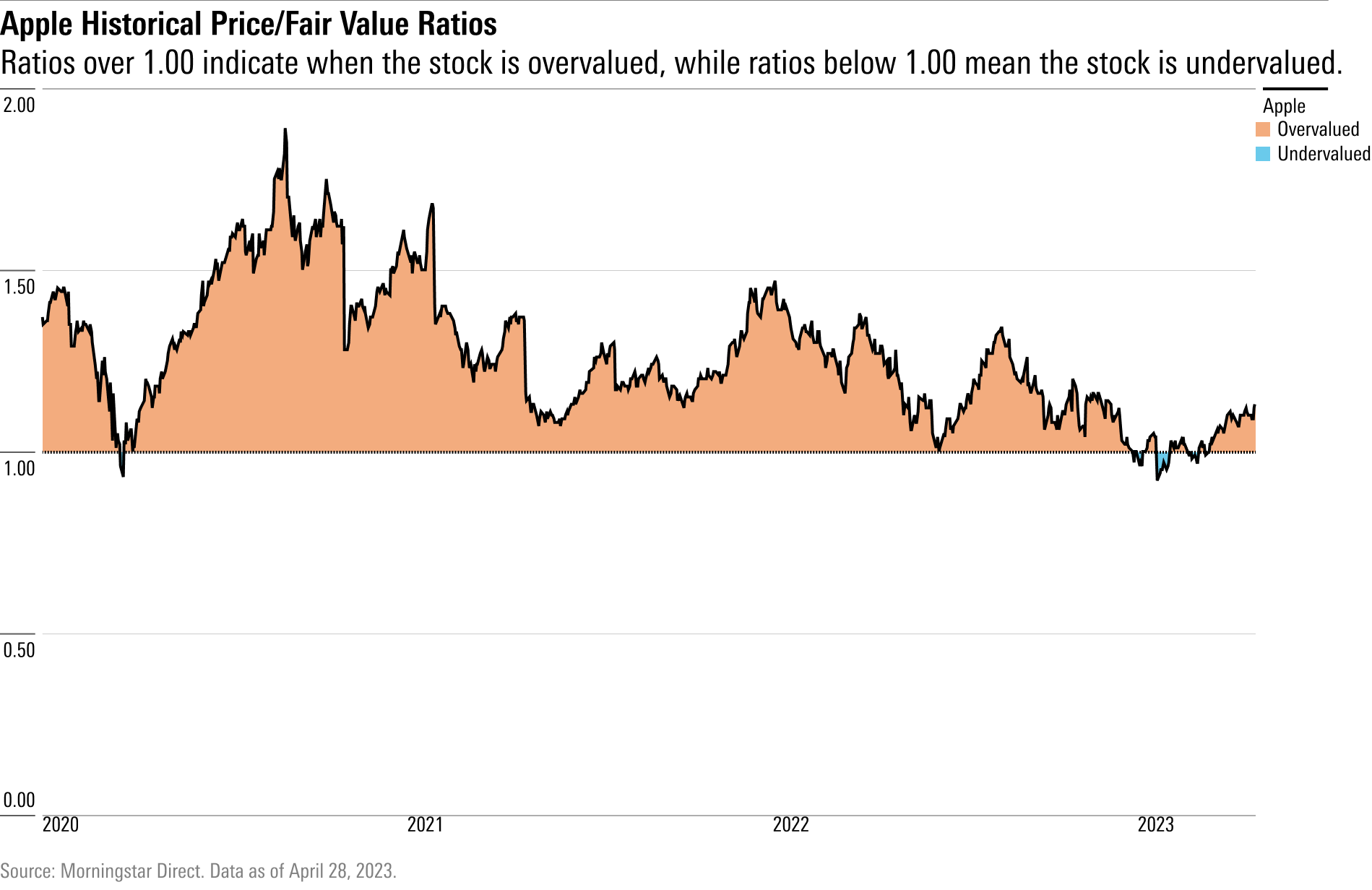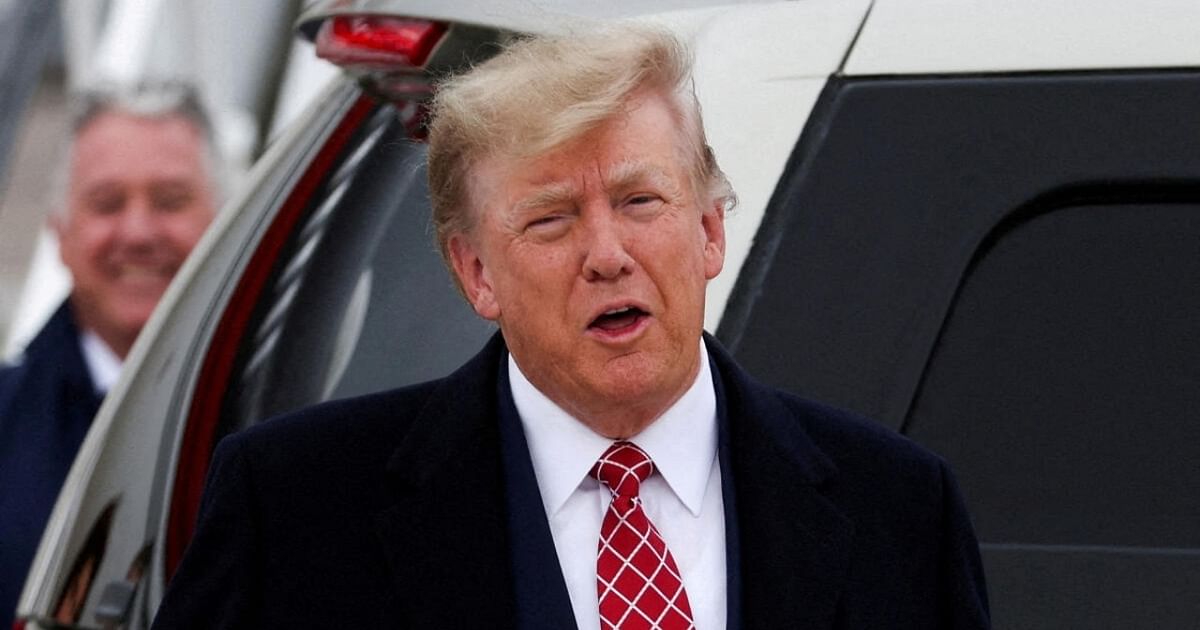Europe And Trump's Trade Policies: Causes And Consequences Of The Conflict

Table of Contents
Causes of the Trade Conflict between Europe and the Trump Administration
The trade conflict between Europe and the Trump administration stemmed from a confluence of factors, primarily rooted in a shift towards protectionist trade policies.
"America First" Nationalism and Protectionism
Trump's "America First" policy prioritized domestic industries, advocating for protectionist measures to shield American businesses from foreign competition. This nationalist approach fundamentally challenged the principles of free trade and multilateralism that had underpinned the global economic order for decades. National security concerns were frequently invoked to justify trade restrictions, even if the link was tenuous.
- Specific Examples: The 25% tariff on imported steel and 10% tariff on aluminum imposed in 2018 directly targeted European producers. These tariffs were justified on national security grounds, despite significant European Union objections.
- Impact on European Businesses: European steel and aluminum producers faced significant losses, leading to job cuts and reduced competitiveness. The retaliatory tariffs imposed by the EU further exacerbated the situation, creating a cycle of trade restrictions.
Trade Deficits and Bilateral Imbalances
A central tenet of Trump's trade policy was the reduction of the US trade deficit. He frequently criticized the US trade balance with Europe, arguing that it was unfairly skewed against American interests.
- Arguments for and Against Trade Deficits: While some argue that persistent trade deficits indicate a weakness in a country's economy, others maintain that they are a natural outcome of global trade and capital flows. The complexities of bilateral trade balances, such as the impact of services trade and investment flows, were often ignored in the rhetoric.
- US-EU Trade Imbalances: The US trade deficit with the EU fluctuated during the Trump era, but it didn't necessarily reflect a singular negative aspect for the US economy, as the deficit was significantly smaller than the deficit with China, for example. Ignoring the complexity led to an inaccurate and unbalanced analysis.
WTO Disputes and Challenges to Multilateralism
Trump consistently criticized the World Trade Organization (WTO), accusing it of being biased against the United States and failing to address unfair trade practices. His administration challenged the WTO's dispute settlement system and blocked the appointment of judges, significantly weakening the organization's ability to enforce trade rules.
- Impact on the Rules-Based System: These actions undermined the rules-based international trading system and created uncertainty for businesses operating globally. The erosion of the WTO's authority emboldened other countries to adopt protectionist measures.
- Key WTO Disputes: Several disputes arose during this period, including those related to aircraft subsidies (Boeing vs. Airbus) and digital services taxes. These disputes further strained relations between the US and EU, showcasing the challenges to global trade governance.
Consequences of the Trade Conflict
The trade conflict between Europe and the Trump administration had far-reaching economic and geopolitical consequences.
Economic Impacts on European Businesses and Consumers
Tariffs and trade restrictions significantly impacted various European industries.
- Affected Industries: The automotive, agricultural, and steel sectors were particularly vulnerable to the tariffs imposed by the US, with considerable job losses and economic disruptions. Retaliatory measures by the EU further harmed American exporters.
- Impact on Consumers: European consumers faced price increases on certain goods due to tariffs, and reduced choice as some products became unavailable or less competitive.
Geopolitical Implications and Transatlantic Relations
The trade disputes severely damaged US-EU relations, undermining trust and cooperation on a range of issues.
- Strained Diplomatic Relations: The frequent trade disputes and retaliatory measures overshadowed other areas of cooperation, creating a climate of mistrust and hindering progress on shared challenges.
- Shifts in Geopolitical Alliances: The trade tensions raised questions about the future of the transatlantic alliance and spurred some European countries to seek closer ties with other partners, particularly in Asia.
Long-Term Effects on Global Trade and the World Economy
The Trump administration's trade policies heightened uncertainty in the global trading system, potentially leading to a more fragmented and protectionist world.
- Fragmented Global Trading System: The challenges to the WTO and the rise of bilateral trade agreements could lead to a more complex and less predictable global trading environment.
- Impact on Global Supply Chains: Trade disruptions and protectionist measures could significantly alter global supply chains, increasing costs and risks for businesses.
- Long-Term Economic Growth: The increased trade barriers and uncertainty could hinder long-term economic growth and development, particularly in smaller and developing economies.
Conclusion: Understanding the Legacy of Europe and Trump's Trade Policies
The trade conflict between Europe and the Trump administration resulted from a combination of "America First" nationalism, concerns over trade deficits, and challenges to the multilateral trading system. The consequences included significant economic damage to both sides, severely strained transatlantic relations, and a weakening of the global rules-based trading order. Understanding the complexities of Europe and Trump's trade policies is crucial for navigating the future of international trade. Further research and informed discussion are essential to mitigate the risks of future trade conflicts and foster a more stable and prosperous global economy. The legacy of this period continues to shape the ongoing debate on trade policy and international cooperation.

Featured Posts
-
 Sterke Resultaten Relx Ai Als Motor Voor Groei Ook In 2025
May 25, 2025
Sterke Resultaten Relx Ai Als Motor Voor Groei Ook In 2025
May 25, 2025 -
 Apple Stock Dips Below Crucial Levels Before Q2 Earnings
May 25, 2025
Apple Stock Dips Below Crucial Levels Before Q2 Earnings
May 25, 2025 -
 Understanding The Philips Annual General Meeting Outcomes
May 25, 2025
Understanding The Philips Annual General Meeting Outcomes
May 25, 2025 -
 Flash Flood Warning Bradford And Wyoming Counties Until Tuesday Evening
May 25, 2025
Flash Flood Warning Bradford And Wyoming Counties Until Tuesday Evening
May 25, 2025 -
 Trade War Intensifies Amsterdam Stock Market Suffers 7 Plunge
May 25, 2025
Trade War Intensifies Amsterdam Stock Market Suffers 7 Plunge
May 25, 2025
Latest Posts
-
 Soerloth La Liga Da Muhtesem Baslangic 4 Gol
May 25, 2025
Soerloth La Liga Da Muhtesem Baslangic 4 Gol
May 25, 2025 -
 Soerloth Un La Liga Firtinasi Ilk 30 Dakikada 4 Gol
May 25, 2025
Soerloth Un La Liga Firtinasi Ilk 30 Dakikada 4 Gol
May 25, 2025 -
 Sorusturma Real Madrid In Doert Yildizini Sarsti
May 25, 2025
Sorusturma Real Madrid In Doert Yildizini Sarsti
May 25, 2025 -
 Real Madrid Deki Uefa Sorusturmasi Arda Gueler In Rolue Ne
May 25, 2025
Real Madrid Deki Uefa Sorusturmasi Arda Gueler In Rolue Ne
May 25, 2025 -
 1 2 Atletico Madrid In Sevilla Zaferi Macin Ayrintili Oezeti
May 25, 2025
1 2 Atletico Madrid In Sevilla Zaferi Macin Ayrintili Oezeti
May 25, 2025
